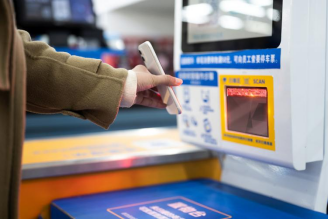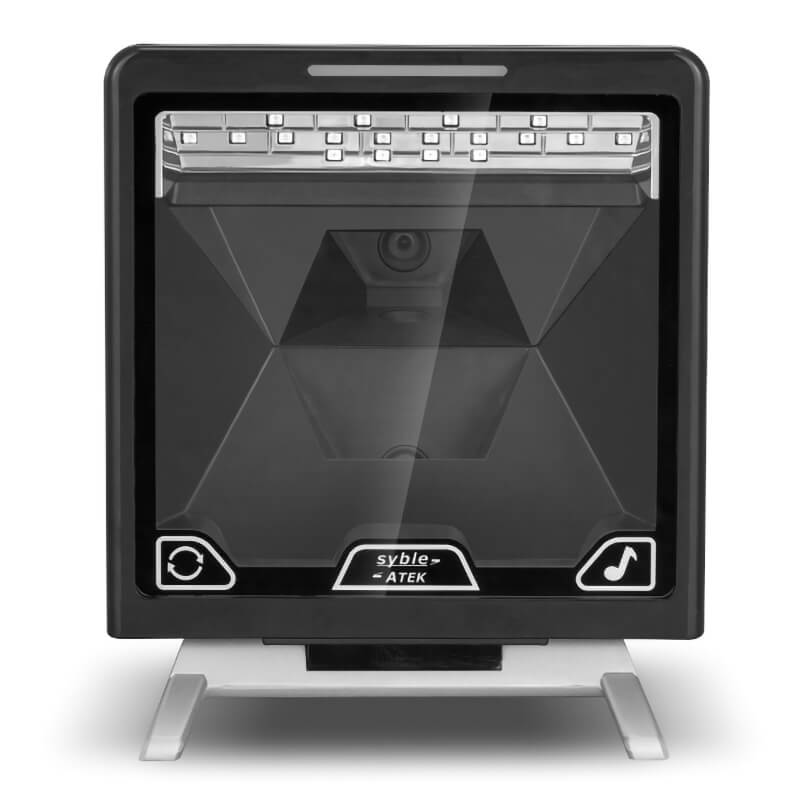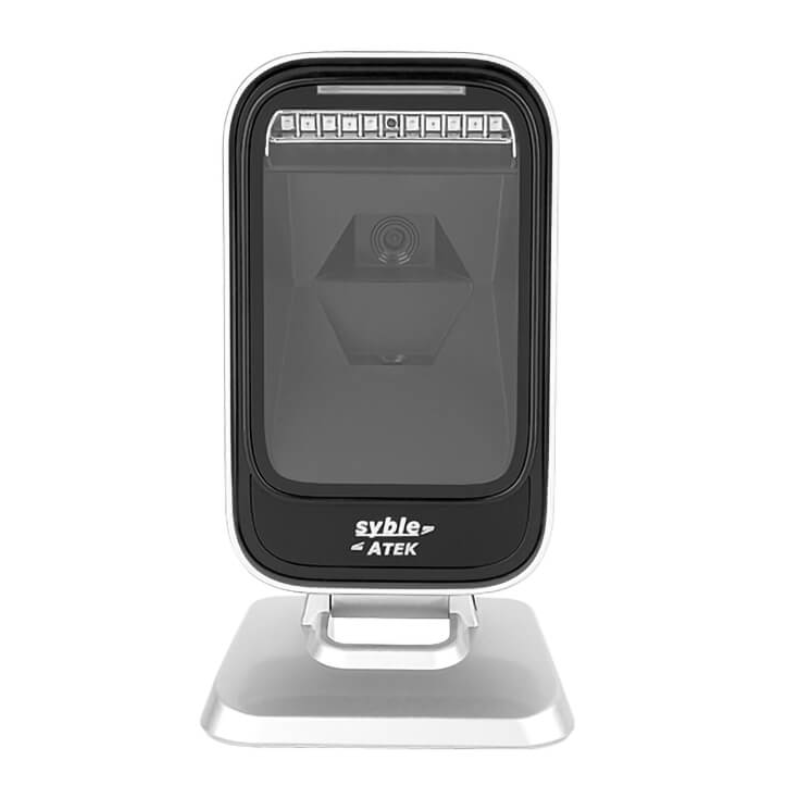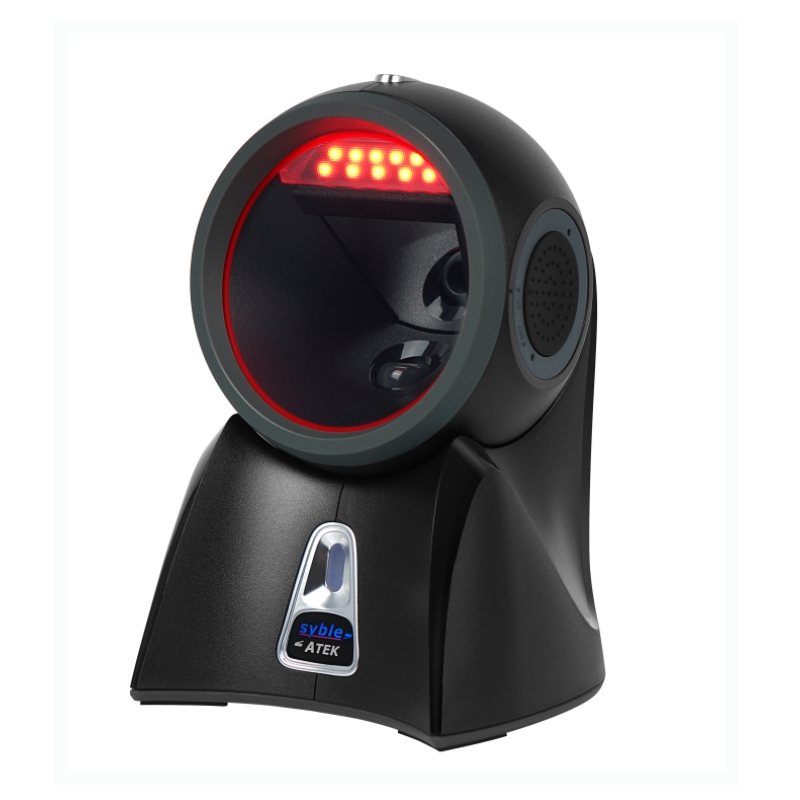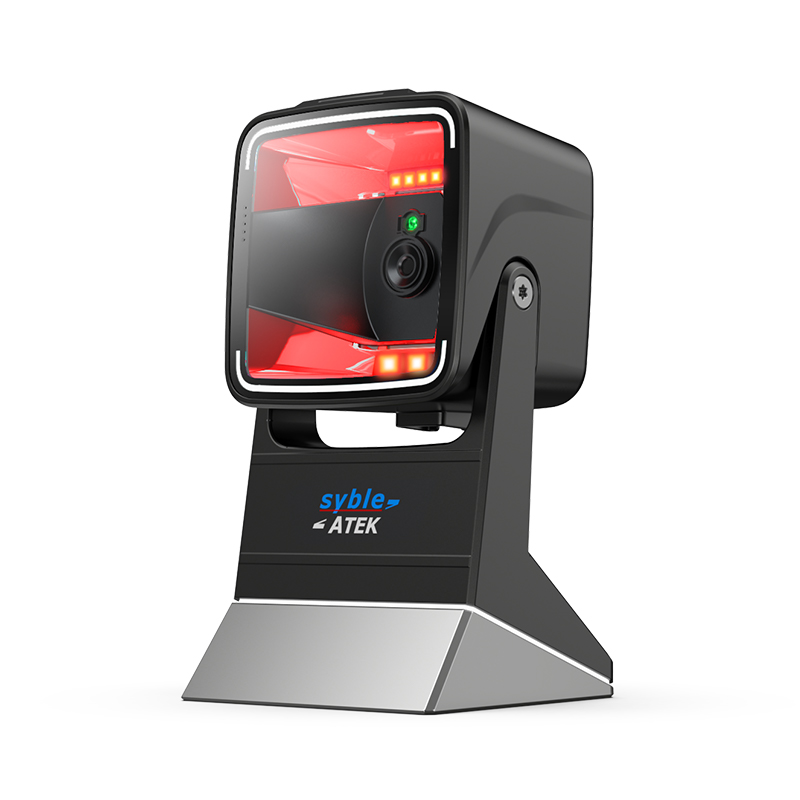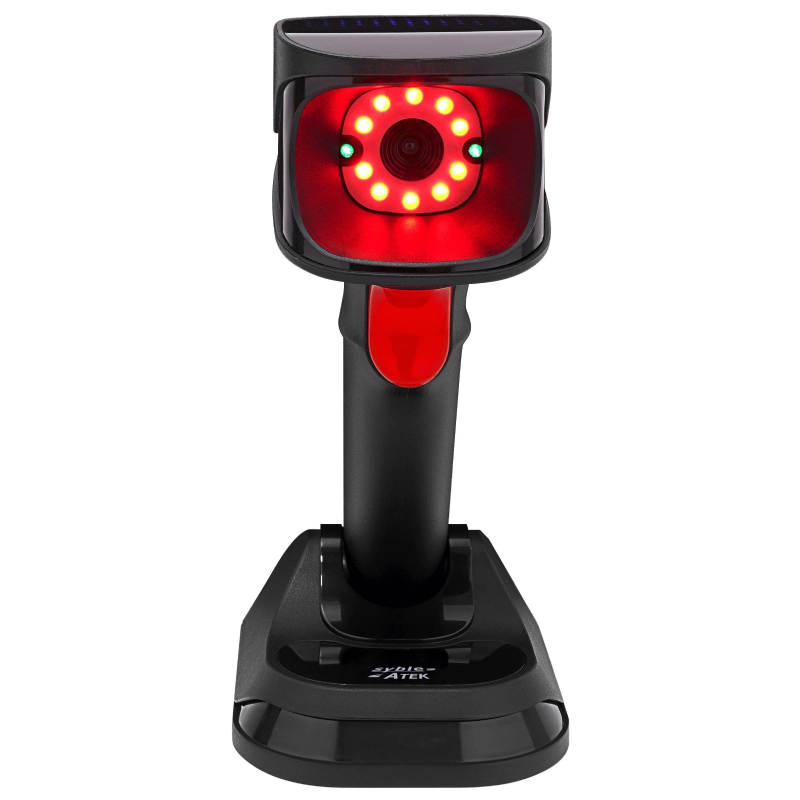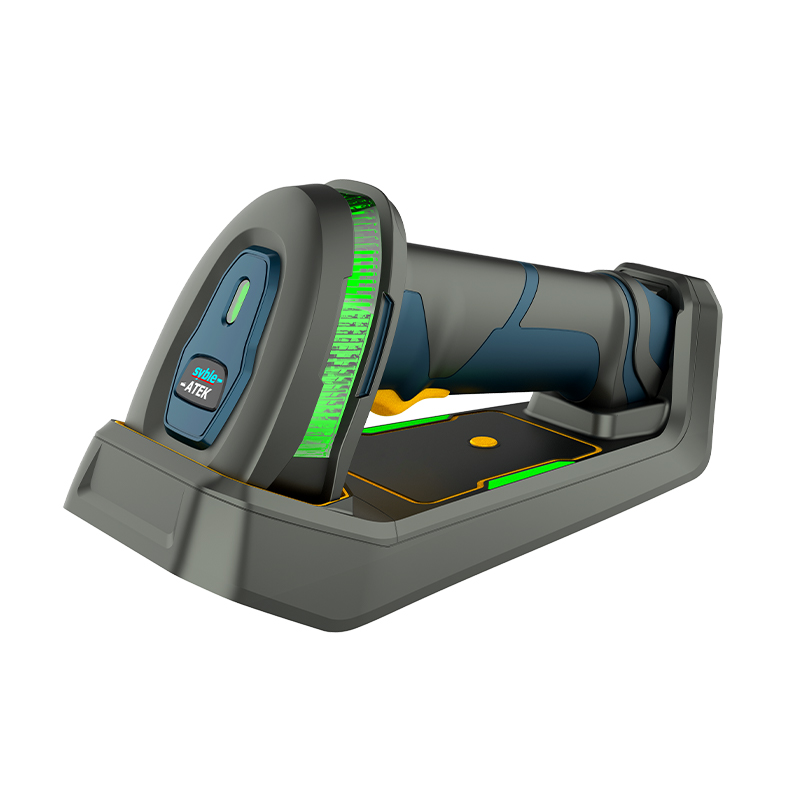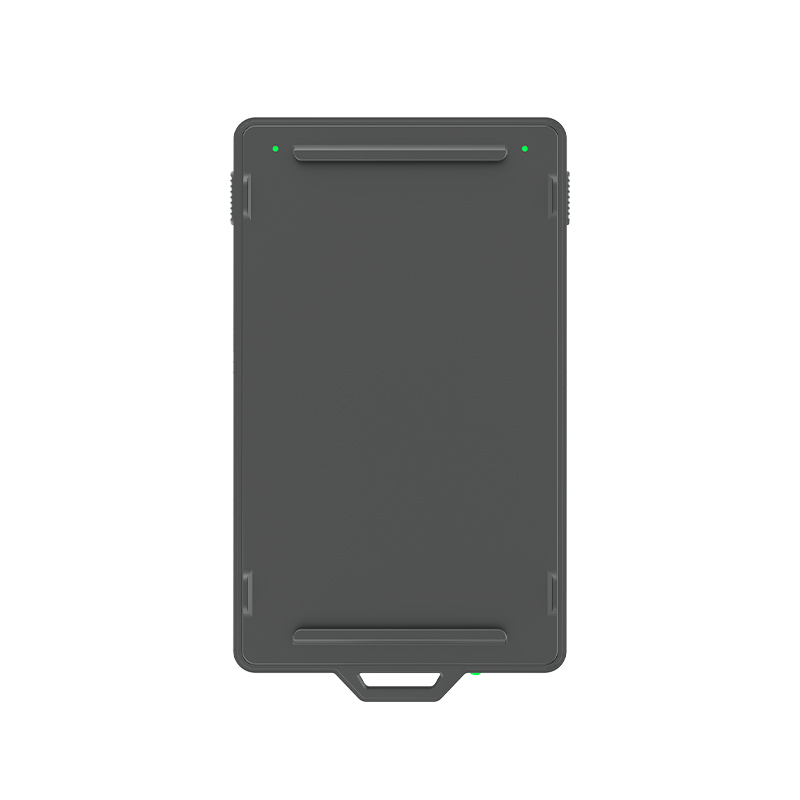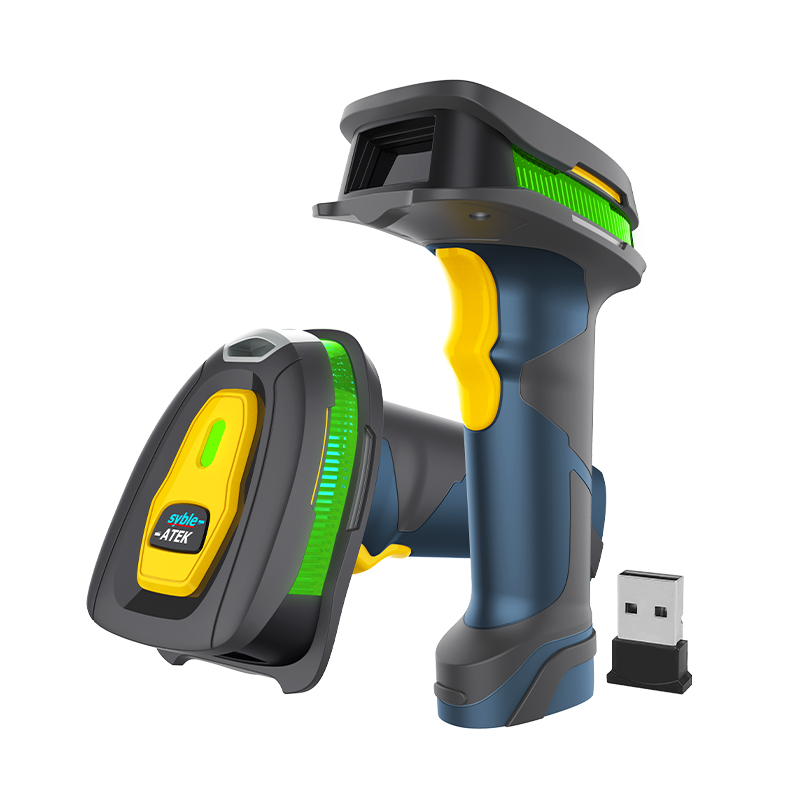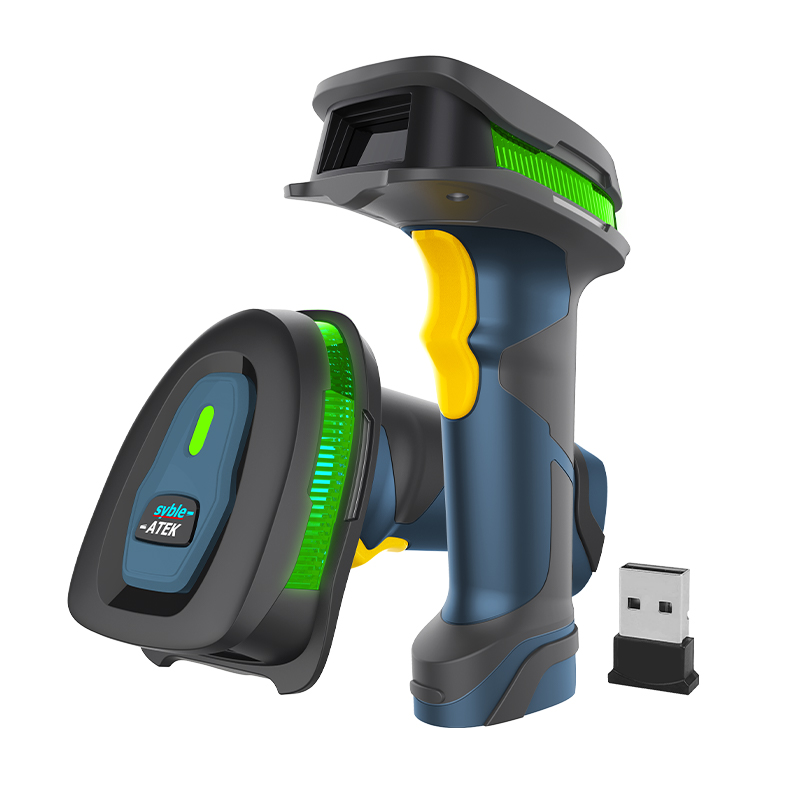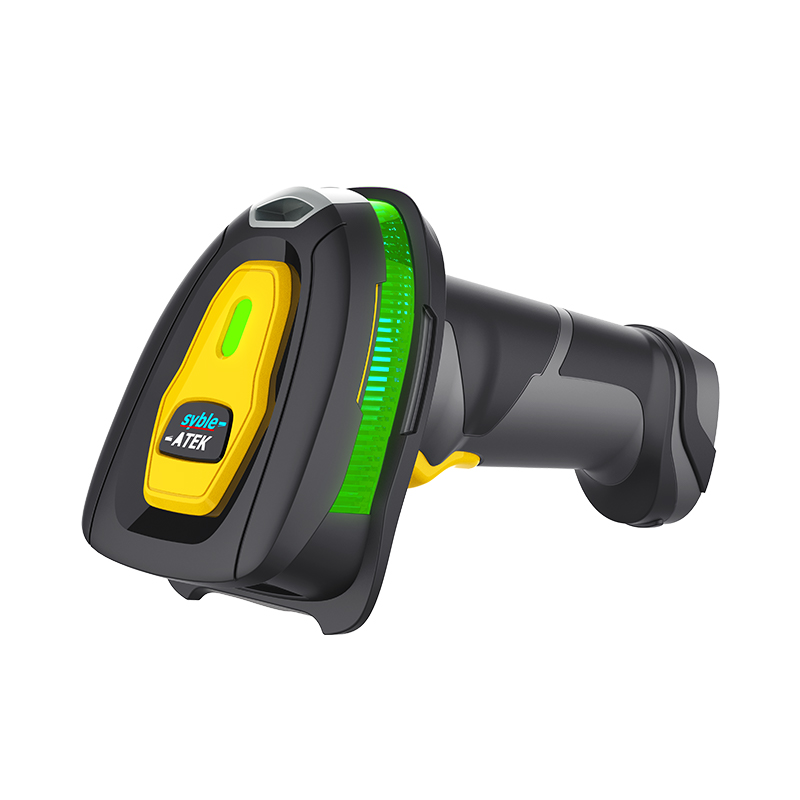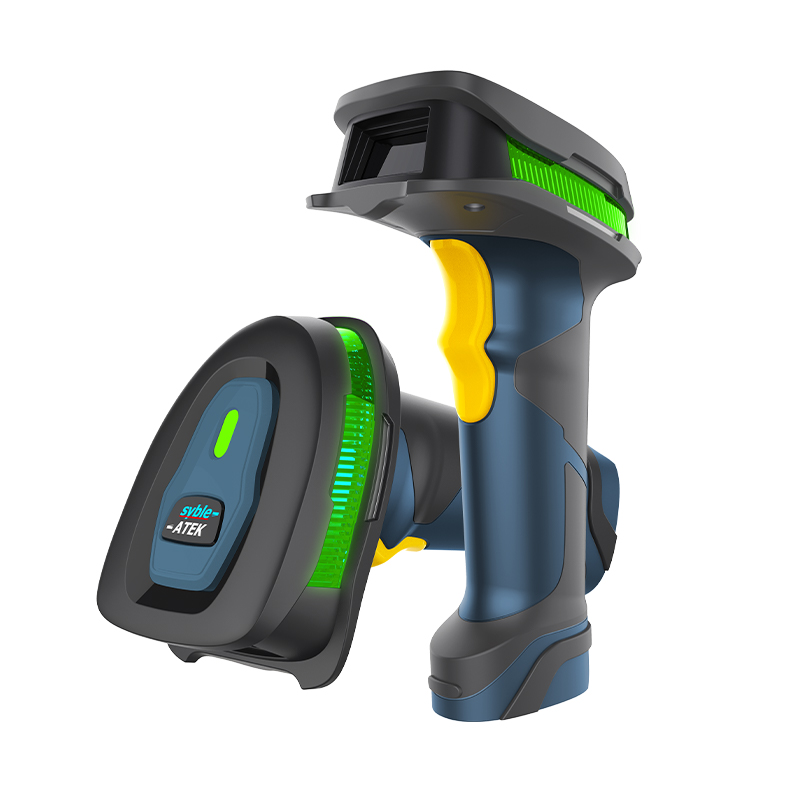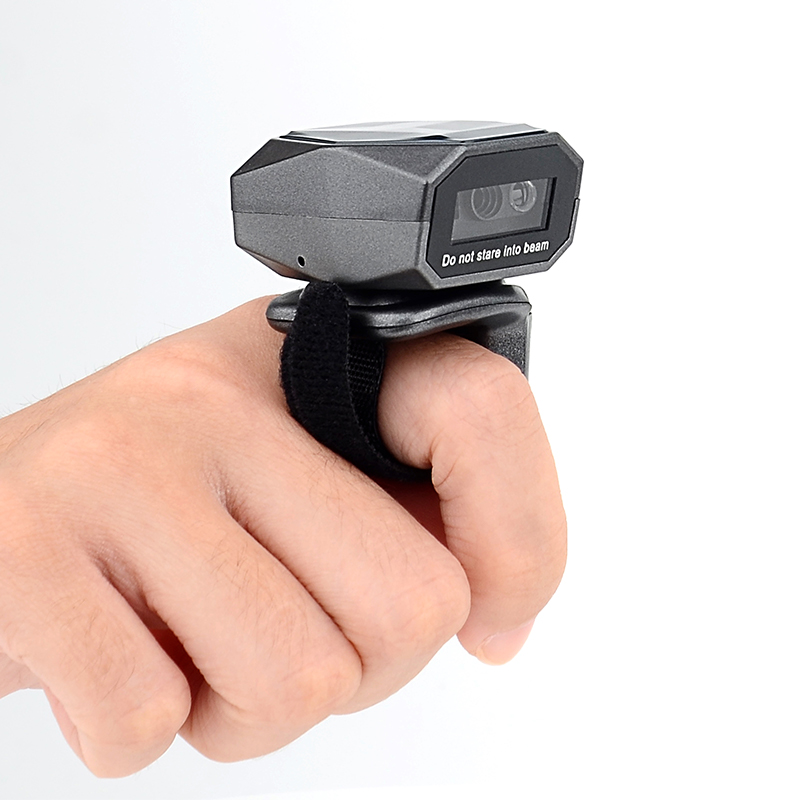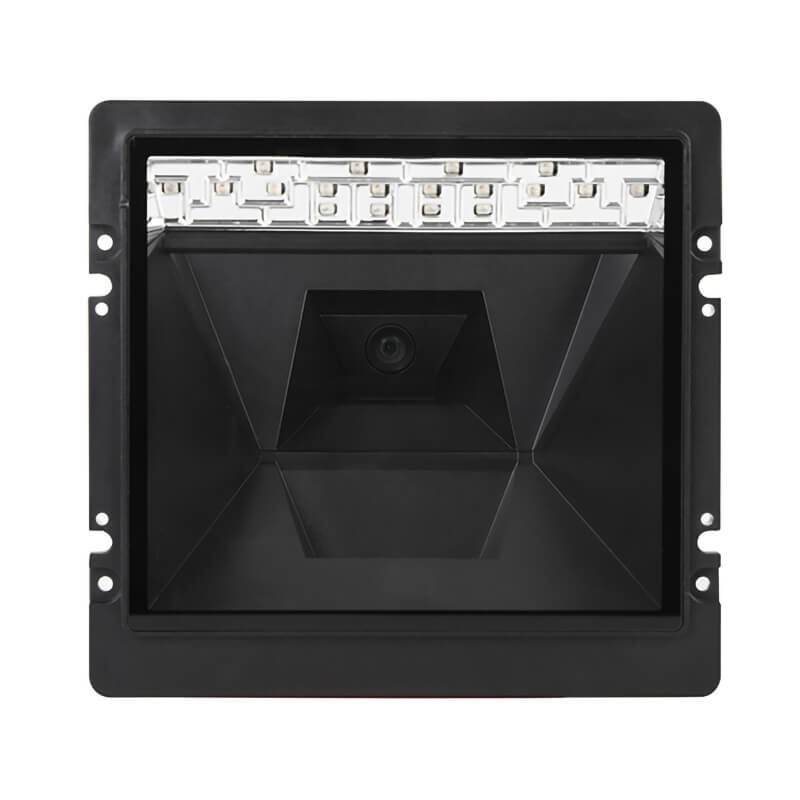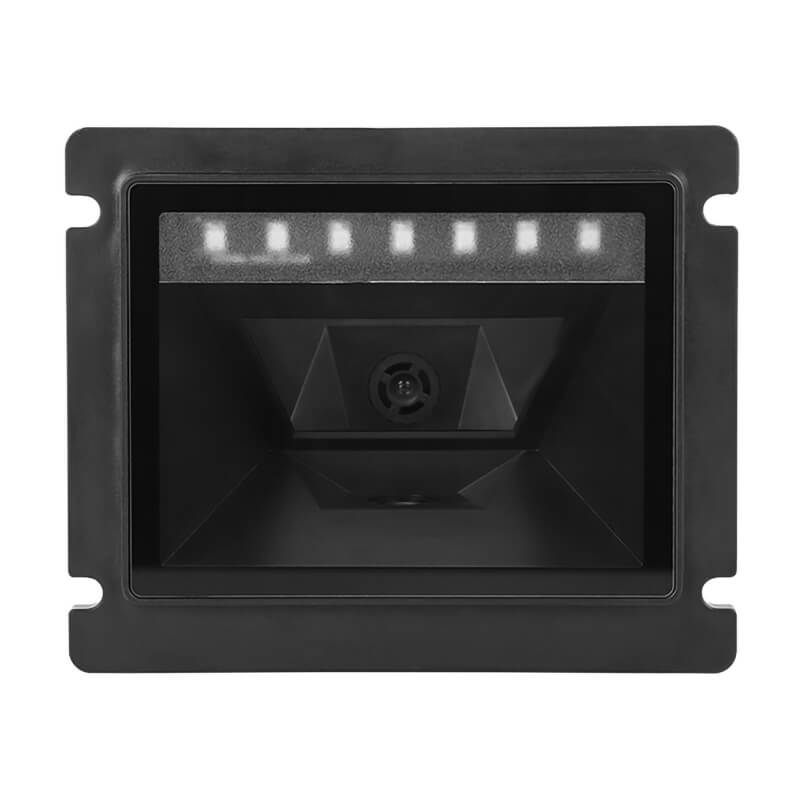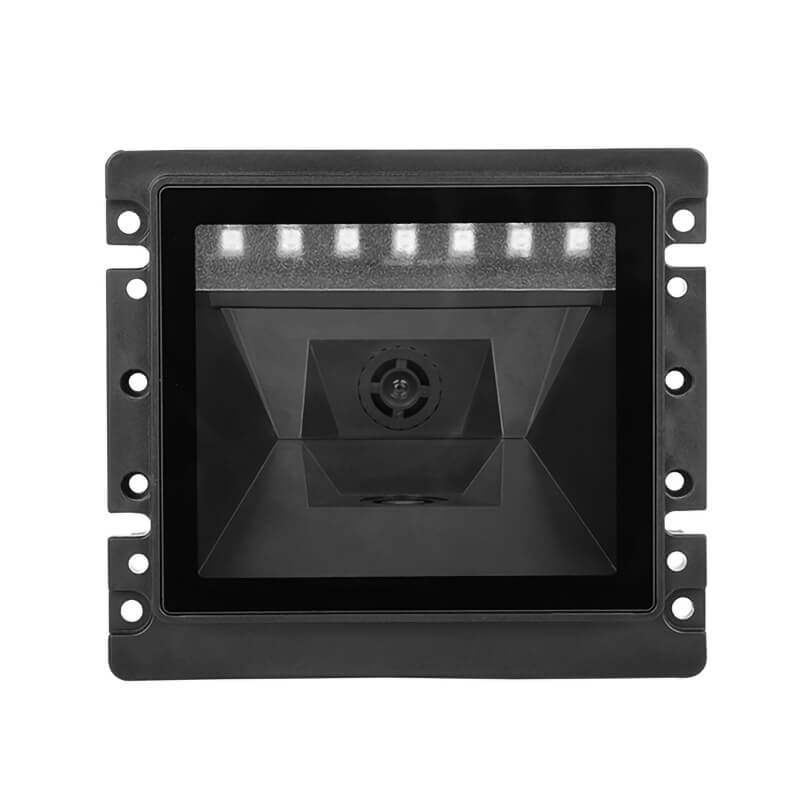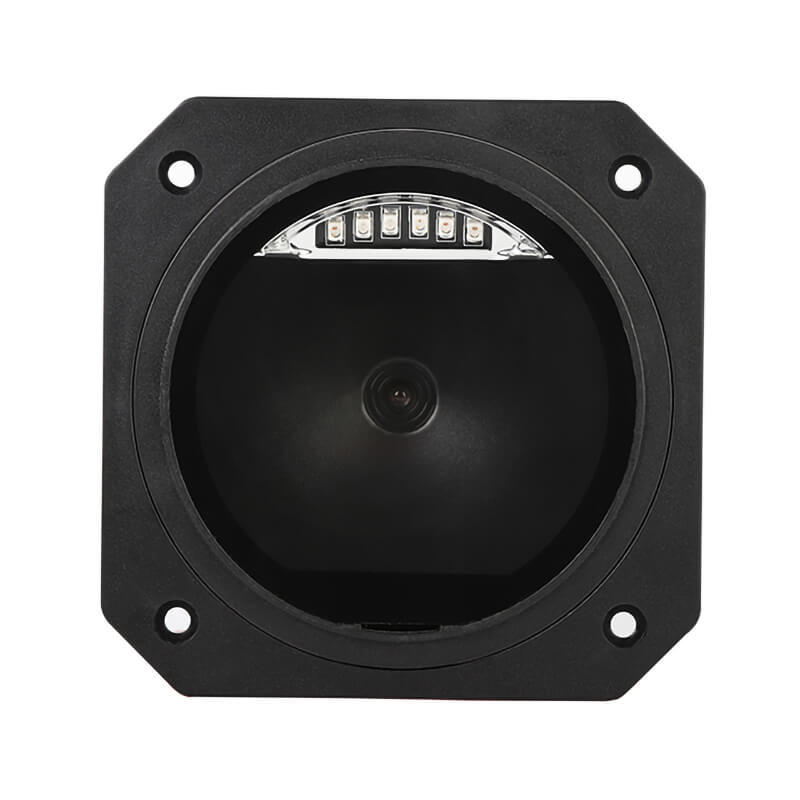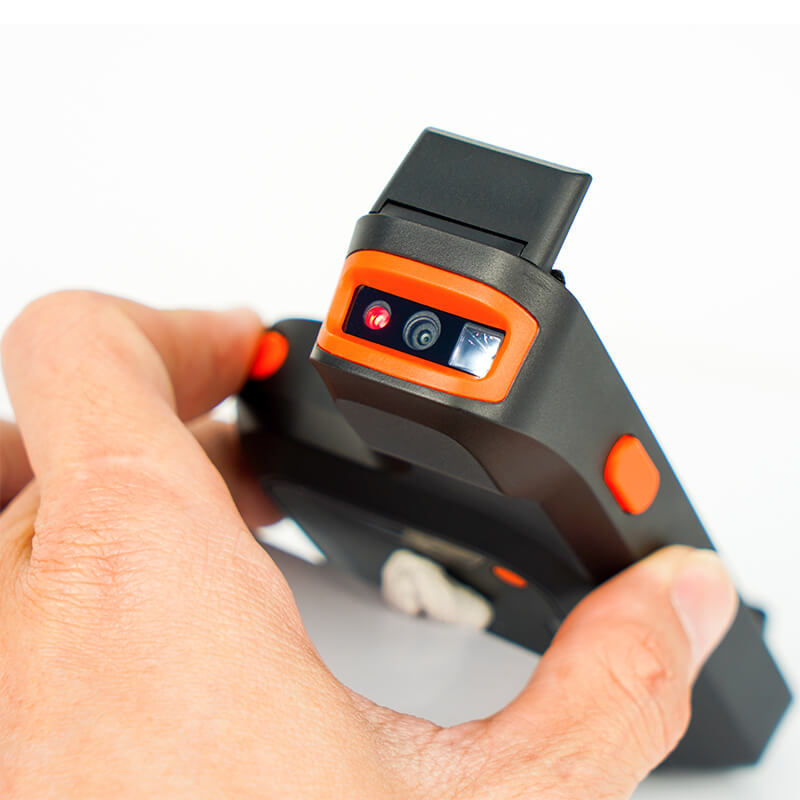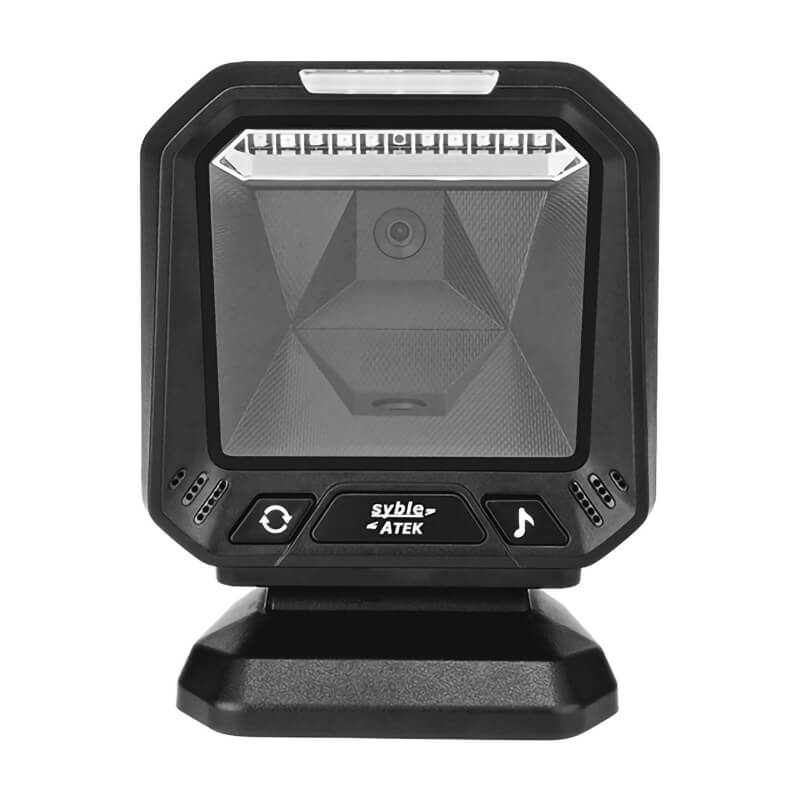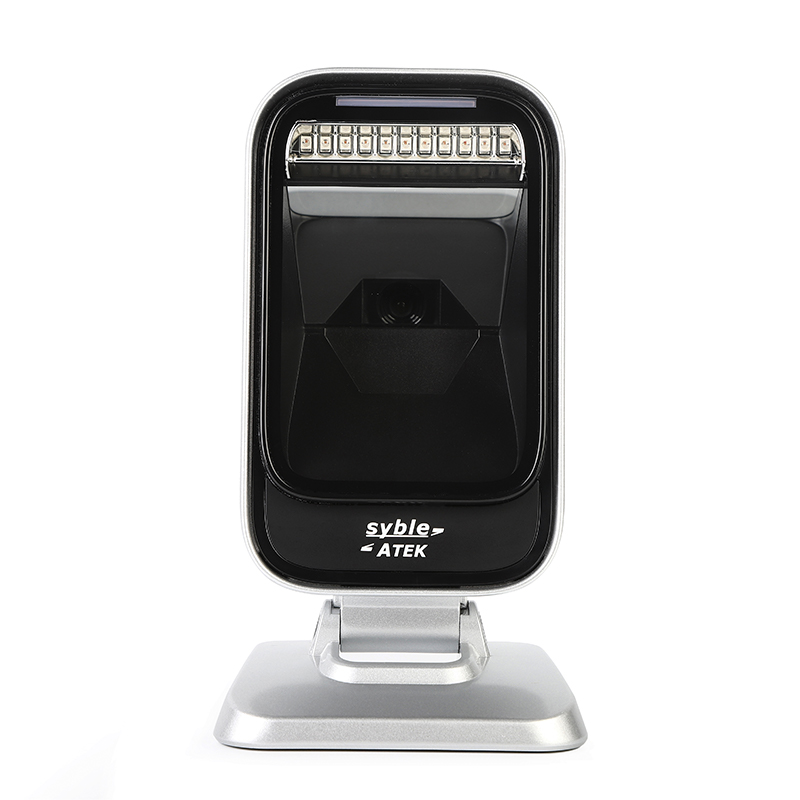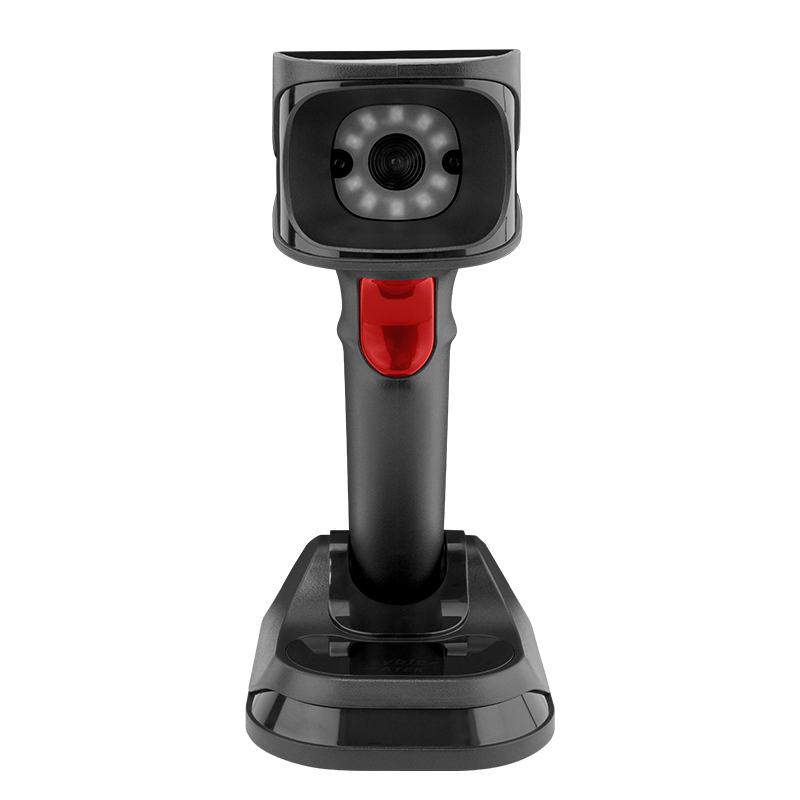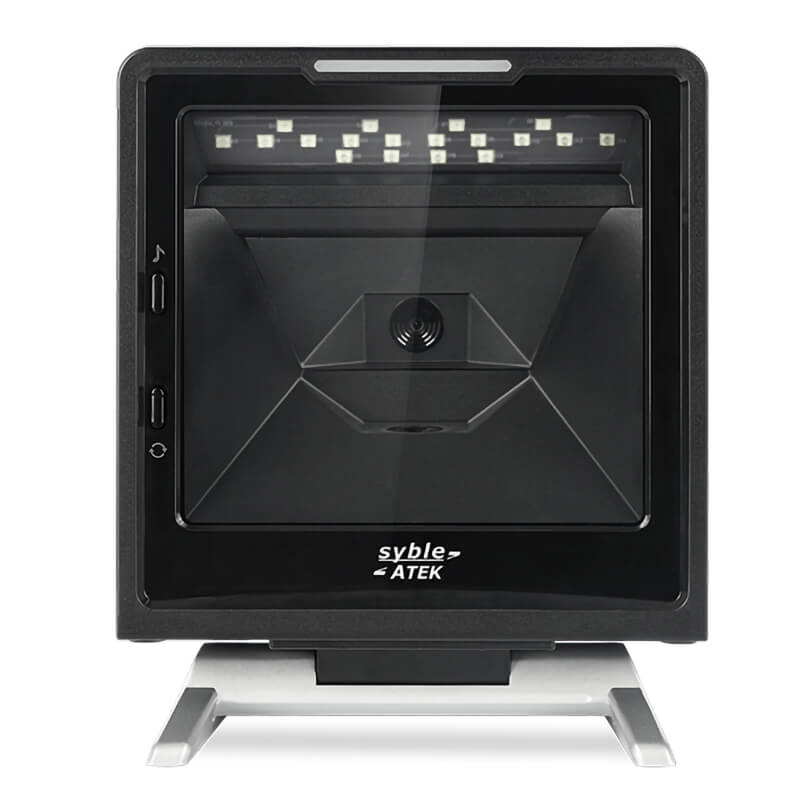1.Type and Density of Barcodes
One-dimensional barcodes: Common barcodes such as UPC and EAN have relatively low density, and a scanner with a resolution of 300dpi is usually sufficient.
Two-dimensional barcodes: Barcodes like QR codes and Data Matrix have higher density and may require a higher resolution (such as 600dpi) to ensure accurate reading.
High-density barcodes: In some industrial application scenarios, barcodes can be very dense, and in such cases, a higher-resolution scanner is needed to ensure accurate reading.
2.Scanning Distance
Close-range scanning: If the scanning distance is short (such as a few centimeters), a lower-resolution scanner may already be adequate.
Long-range scanning: If barcodes need to be scanned from a greater distance (such as a few meters), a higher-resolution scanner can provide better performance because they can capture finer details.
3.Application Scenarios
Retail environment: In supermarkets or retail stores, barcode scanners are mainly used for quickly reading product barcodes. A scanner with a resolution of 300dpi is usually sufficient because these environments prioritize scanning speed and reliability.
Industrial environment: In industrial manufacturing or logistics environments, barcodes can be denser and the environment more complex, which may require higher-resolution scanners to ensure accurate reading.
Medical and laboratory settings: In these environments, barcodes may contain important information, and high-resolution scanners are needed to ensure accuracy and reliability.
4.Cost and Performance Balance
Cost: Higher-resolution scanners are usually more expensive. If the application scenario does not require high resolution, purchasing a high-resolution scanner may result in unnecessary cost waste.
Performance: Although high-resolution scanners can provide clearer images, their processing speed may be slightly slower because they need to handle more data.
5.Practical Suggestions
Choose the right resolution: Select the appropriate resolution based on the density of the barcode and the application scenario. For example, for ordinary retail environments, a scanner with a resolution of 300dpi is usually sufficient; for high-density barcodes or industrial environments, a resolution of 600dpi or higher may be needed.
Consider scanning distance: If barcodes need to be scanned from a greater distance, a higher-resolution scanner can provide better performance.
Testing and validation: It is best to conduct actual tests on the scanner before purchase to ensure that it can accurately read barcodes in your application scenario.
Summary
The resolution of a barcode scanner is not always better when it is higher. It should be chosen based on a comprehensive consideration of factors such as the type and density of the barcode, the application scenario, and cost. Selecting the appropriate resolution can ensure scanning accuracy and reliability while avoiding unnecessary cost waste.

